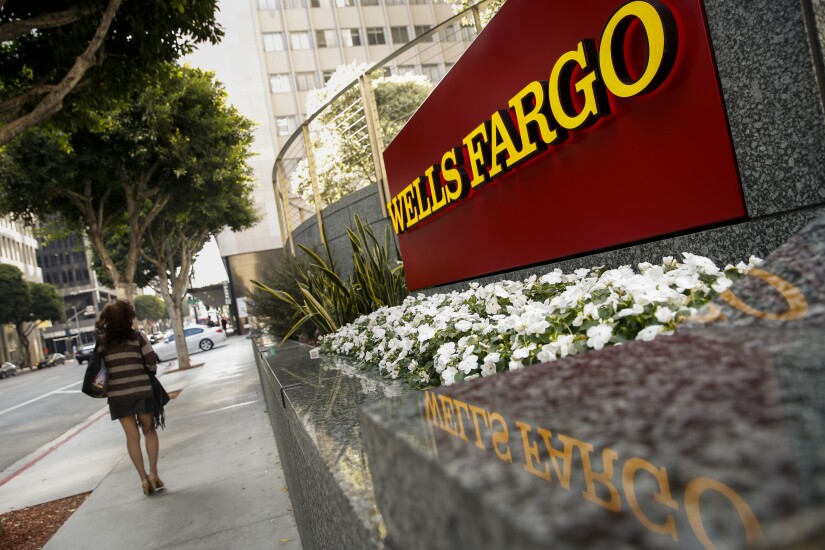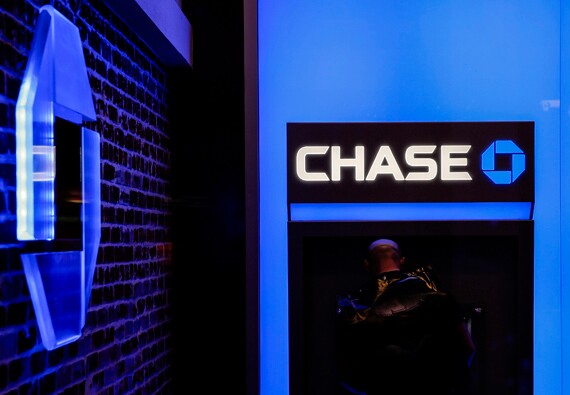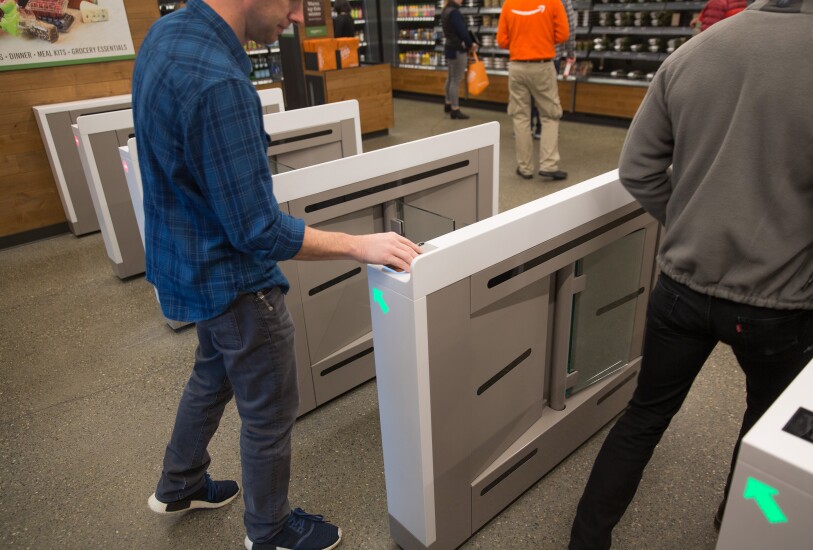
This trend goes beyond hardware sales or even the mobile point-of-sale niche. The pricing pressure is felt especially strongly when digital technology has an opportunity to cut costs.
Not all experiments in pricing succeed. But combined, they are creating an overall awareness of how much it costs to handle a payment — and how much fat can be trimmed from that process.
This listicle is compiled from reporting by PaymentsSource writers including John Adams, Kate Fitzgerald, David Heun and Brielle Diskin. Click the links in each item to read more.

Wells Fargo abandons its past pricing
For years, Square, Stripe, Braintree and other startups that process payments for small businesses have worn their fees on their sleeve, almost like a marketing pitch by FAQ, or at least a branding strategy based on simplicity and transparency.
"The banks that are the most vulnerable are community banks that get more than half of their income from the smaller merchants, and most of these banks don't have an acquiring solution," said Richard Crone, a payments consultant.
Wells Fargo's "percentage plus cents" fee more closely matches those from fintech merchant acquirers, deviating from the banks' typical table-based fee structure that can vary from one merchant to another.
"Square, PayPal, Braintree and Stripe are redefining the market," Crone said. The fintechs use algorithms to bundle costs, a system that improves over time as more data gets fed into the model, he added. "They're using a more simplified approach, hiding all of the complexity behind a bundled pricing model."

Chase Pay reinvents acquiring
But everything that makes
In this way, ChaseNet also trims cost, allowing merchants to pay lower fees to accept payments from Chase cardholders.

Square attempts one-size-fits-all pricing
This came barely a week after Square Inc. stole the spotlight by
Square's new rate was 0% per transaction if merchants pay $275 a month. There were limits — no single transaction can exceed $400, and merchants are capped at $250,000 in transactions per year. Merchants still had the option of paying 2.75% per swipe with no monthly fee.
Unfortunately for Square, both its flat-fee model and its Starbucks pact didn't last.

LevelUp's Interchange Zero strategy
Like Square, LevelUp expected merchants would prefer an alternative to per-transaction fees, so it debuted Interchange Zero in July 2012. Under that model, merchants do not pay a fee for each payment but they pay a 40% fee when new customers redeem onboarding offers and when repeat customers redeem rewards.
But many clients told the company they would

LevelUp tries again with debit-pricing deals
This was as much a play to
To this end, LevelUp began sending emails to consumers alerting them to how much money they earned back in rewards for their credit card payments and promising bigger rewards by using a debit card for LevelUp payments instead.

Amazon cuts its own costs
However, a deeper dive into the workings of the program — which offers 2% cash back when shoppers use a debit card or bank account to load an Amazon stored-value account — should give the card payments industry serious cause for concern.
Since its launch in 2005, Amazon Prime has become the hub of the online retailer’s customer acquisition strategy. To continue growing, Amazon Prime needs to broaden its appeal to a wider audience, and its January 2017 move to offer better rewards to
Newer programs like
Exploring the inner workings of Amazon Prime Reload provides some revelations on Amazon’s plans for the service, which debuted in mid-2017.
After enrolling a debit card and bank account (Amazon chooses which to use when processing reloads), the next step in the process is to load value to the shopper's Amazon Balance with a $100 load set as the default and emphasized in bold. The 2% cash back is not provided at the time of purchase, but at the time of reload.
Amazon is subtly guiding the end user to load at least $100 to the account and to burn through this to earn rewards. Through this model, card networks and issuers not only lose revenue and brand recognition, but also lose transparency on consumer transaction behavior, shifting the balance of power in terms of customer data analytics back to Amazon.





